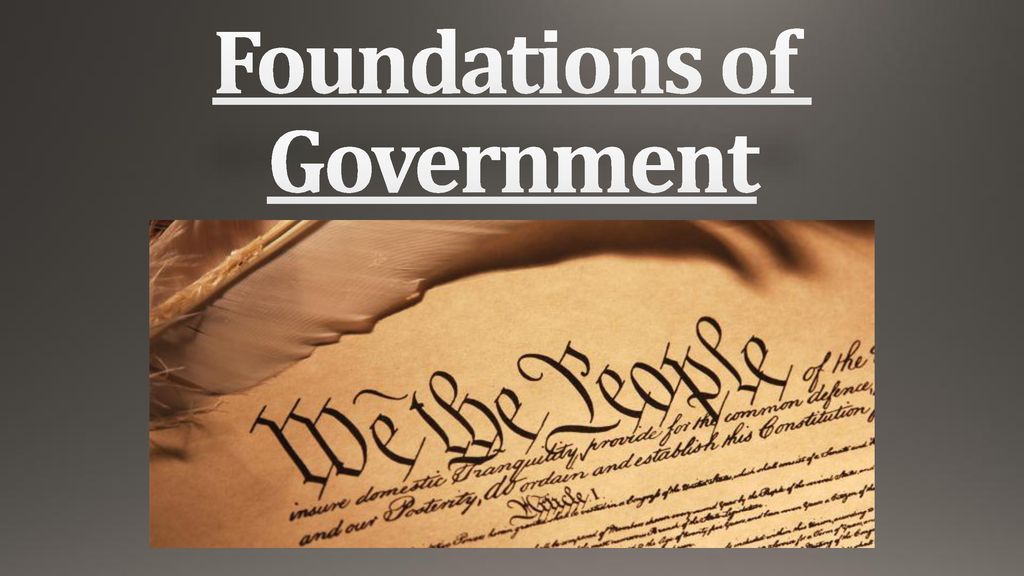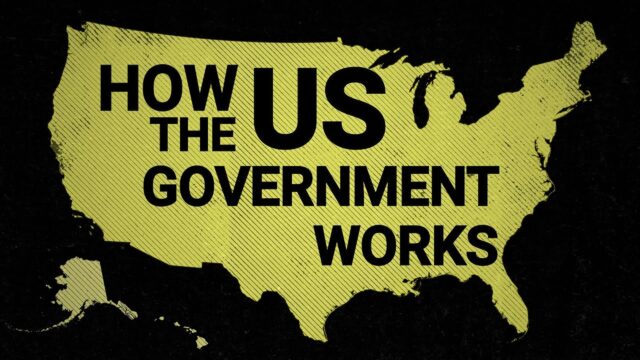How the US Government Works: A Simplified Overview
The United States government is designed to manage the country and serve its people. It is made up of different parts that each play important roles in making laws, enforcing them, and ensuring everyone follows the rules. In this guide, we’ll break down the main components of the US government and explain how each one works.
The Three Branches of Government
The US government is divided into three main branches: the Legislative Branch, the Executive Branch, and the Judicial Branch. These branches work together to create a balance of power so no single part becomes too powerful.
- Legislative Branch: This branch is in charge of making laws. It is made up of two parts: the Senate and the House of Representatives, which together are called Congress. Each state elects two Senators, while the number of Representatives is based on the state’s population. Congress creates and votes on laws, which are then passed on to the President for approval.
- Executive Branch: The Executive Branch is led by the President, who is responsible for enforcing the laws passed by Congress. The President also serves as the commander-in-chief of the military and makes important decisions about national security and foreign policy. The Executive Branch also includes the Vice President and the President’s Cabinet, which is a group of advisors who help the President with specific areas like education, defense, and health.
- Judicial Branch: The Judicial Branch is responsible for interpreting the laws and ensuring they are applied fairly. This branch is led by the Supreme Court, which is the highest court in the country. The Supreme Court and other federal courts can decide whether a law follows the US Constitution, which is the country’s most important legal document.
The Constitution: The Foundation of Government

The US Constitution is a written document that outlines the structure of the government and defines the rights of the people. It was written in 1787 and remains the foundation of the US government. The Constitution is divided into seven sections called “articles,” and each one explains different parts of the government.
- Article I: Describes the Legislative Branch (Congress) and its powers.
- Article II: Describes the Executive Branch (the President) and its powers.
- Article III: Describes the Judicial Branch (the courts) and their powers.
- Article IV: Talks about the rights of the states and their interactions.
- Article V: Explains how to amend (change) the Constitution.
- Article VI: Establishes that the Constitution is the highest law in the land.
- Article VII: Details how the Constitution was approved.
The Constitution also includes The Bill of Rights, which is the first ten amendments. These amendments guarantee important rights and freedoms, such as the right to free speech, the right to bear arms, and the right to a fair trial.
The System of Checks and Balances
The US government uses a checks and balances system to ensure no single branch becomes too powerful. This system allows each branch to monitor the others and limit their powers if needed.
- Congress checks the President: If the President vetoes a law, Congress can override the veto with a two-thirds vote in both the Senate and House of Representatives.
- The President checks Congress: The President has the power to veto (reject) laws passed by Congress if they disagree with them.
- The Judicial Branch checks both: The courts can review laws and executive actions to decide if they are constitutional. If they aren’t, the law or action can be struck down.
This system creates a balance where each branch has some authority over the others, ensuring that no one part of the government becomes too powerful.
Federalism: Power Shared Between National and State Governments
The US government operates under a system called federalism, which means power is divided between the national government (also called the federal government) and the governments of the 50 states. Each level of government has its own responsibilities, but they also share some powers.
- Federal Government: The federal government handles national issues, like defense, foreign policy, and regulating trade between states. It can also pass laws on things like taxes and immigration.
- State Governments: State governments manage local issues, such as education, public health, and transportation. Each state has its own constitution, government, and laws, but they cannot conflict with the federal Constitution.
- Shared Powers: Both the federal and state governments can create laws on certain topics, such as taxes, law enforcement, and building infrastructure.
This division of power ensures that both the national government and state governments can focus on the issues that matter most to their areas.
How Laws Are Made
The process of making laws in the United States begins with an idea that can come from anyone, but it is formally proposed by a member of Congress as a bill.
- Step 1: A member of Congress introduces the bill.
- Step 2: The bill is debated in committees, where changes may be made. If the committee approves the bill, it moves on for a vote.
- Step 3: The bill is voted on by the House of Representatives and the Senate. If both approve the bill, it moves to the President.
- Step 4: The President can either sign the bill into law or veto it. If vetoed, Congress can override the veto with a two-thirds majority vote in both houses.
- Step 5: If the bill is signed by the President or the veto is overridden, it becomes law.
This process ensures that laws are carefully considered and debated before they are passed.
The Role of Citizens in Government
In the United States, the people play an essential role in how the government works. The US is a democracy, which means citizens have the power to elect their leaders and participate in the decision-making process.
- Voting: One of the most important responsibilities of citizens is voting. Every four years, citizens vote for the President, and every two years, they vote for members of Congress. These elections allow people to choose leaders who represent their interests and values.
- Contacting Representatives: Citizens can also contact their elected officials to express their opinions on important issues. Whether through phone calls, letters, or emails, this is a way for people to influence the decisions made by their government.
- Protests and Petitions: When people feel strongly about an issue, they may organize protests or sign petitions. These activities can raise awareness and push the government to take action on certain issues.
In a democracy, the government is responsible for serving the people, and citizens have many ways to make their voices heard.
The Importance of Civic Education
Understanding how the government works is essential for every citizen. When people are informed about their rights and the roles of their leaders, they are better able to participate in democracy.
- Schools and Education: Most students in the United States learn about government and civics in school. This education helps them understand how laws are made, the importance of voting, and how they can be involved in the political process.
- Staying Informed: Being a good citizen means staying informed about current events and how government decisions may affect you. Following the news, reading about important issues, and discussing them with others can help you stay engaged.
By understanding how the government works and staying involved, citizens can contribute to a stronger and more democratic society.
This simplified overview of the US government helps explain its complex structure and the role that citizens play in keeping it functioning. The system may seem complicated, but it is designed to ensure fairness, freedom, and equality for everyone.










